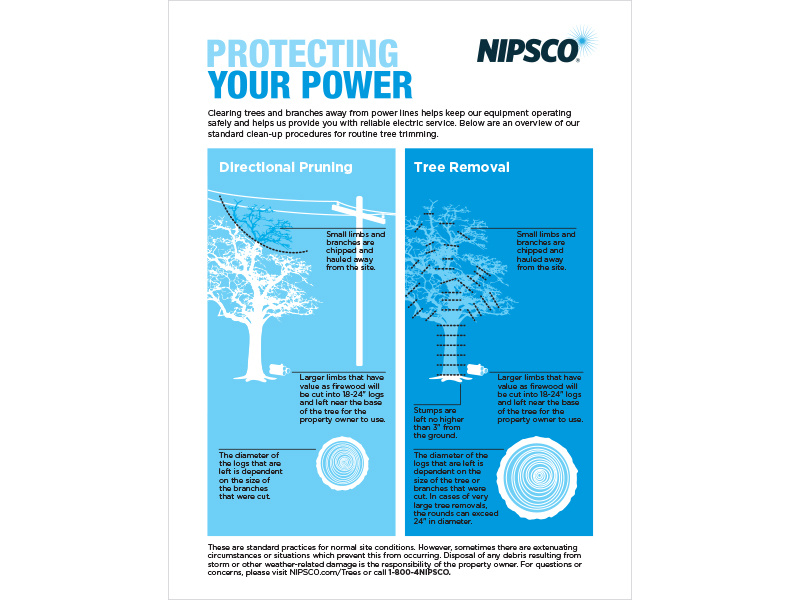The Consequences Of Eliminating Trees On The Environment: What You Need To Comprehend
The Consequences Of Eliminating Trees On The Environment: What You Need To Comprehend
Blog Article
Web Content By-Franck Diaz
When it comes to the ecological impact of tree removal, there are crucial facets that require your interest. From the detailed web of relationships within communities to the subsequent effects on climate patterns, the repercussions are profound. You might be stunned to find the intricate ways in which the removal of trees can resound throughout the environment. Stay tuned to unravel the complex connections and ramifications of this seemingly simple act.
Logging and Habitat Loss
Deforestation and environment loss are crucial issues coming from tree removal. When trees are lowered, it disrupts whole environments. Not only are the trees themselves lost, yet the homes and food resources of numerous plant and animal varieties are damaged also. Birds lose their nesting sites, mammals lose their sanctuary, and insects shed their environments. The effects ripple with the food chain, affecting predators and prey alike.
In addition, logging adds to climate modification. Trees play a crucial duty in soaking up carbon dioxide, a greenhouse gas that traps warmth in the atmosphere. With fewer trees, there's less co2 absorption, causing enhanced levels of this gas in the atmosphere and worsening worldwide warming.
Environment loss is a direct result of logging, as the destruction of woodlands means the loss of distinct and varied ecological communities. Several types are incapable to adapt to fast modifications in their environment, resulting in population declines and, sometimes, termination.
Safeguarding forests is important to maintaining the delicate equilibrium of nature and guaranteeing the survival of many plant and animal varieties.
Influence on Biodiversity
The removal of trees has a considerable effect on biodiversity, influencing the range and wealth of plant and animal types in an area. just click the following webpage supply environment and food sources for many organisms, from bugs to birds to mammals. When trees are gotten rid of, these varieties lose their homes and resources of sustenance, resulting in a decrease in their populaces. visit the following website page can have cascading results on the entire ecological community.
Furthermore, trees play a crucial duty in maintaining biodiversity by developing microhabitats within their canopies, trunks, and origins that support a large range of types. When trees are reduced, these specialized atmospheres are damaged, minimizing the general diversity of the area.
Additionally, the removal of trees can result in a decline in hereditary variety within plant populations, as particular tree types might no more have the ability to recreate or disperse effectively. Protecting trees and forests is essential for maintaining biodiversity and making certain the health and wellness of communities for future generations.
Dirt Disintegration and Climate Modification
With trees being gotten rid of from a location, the disturbance of soil framework and stability occurs, leading to boosted dirt disintegration. Trees play a vital role in protecting against erosion by holding dirt in place with their root systems. When trees are removed, specifically in large numbers, the soil comes to be more vulnerable to disintegration from wind and water. This disintegration not only influences the prompt surroundings but can additionally lead to sedimentation in neighboring water bodies, influencing water quality and water environments.
In addition, trees aid manage the climate by soaking up co2 throughout photosynthesis. When trees are reduced, this all-natural carbon sink is decreased, contributing to increased degrees of greenhouse gases in the atmosphere. This can aggravate environment adjustment, bring about more severe weather condition occasions and disturbances in ecological communities worldwide.
Consequently, the elimination of trees not just accelerates soil disintegration however additionally plays a role in the bigger ecological problem of environment modification. It's crucial to consider these aspects when assessing the influences of tree removal on the environment.
Verdict
Since you understand the ecological influence of tree removal, consider the effects before cutting down trees. Logging disrupts environments, minimizes biodiversity, and adds to dirt erosion and climate adjustment. By bearing in mind the effect of tree removal, you can aid protect our environment and maintain the fragile equilibrium of nature. Make educated options and think about alternate solutions to lessen the negative results on our planet.
